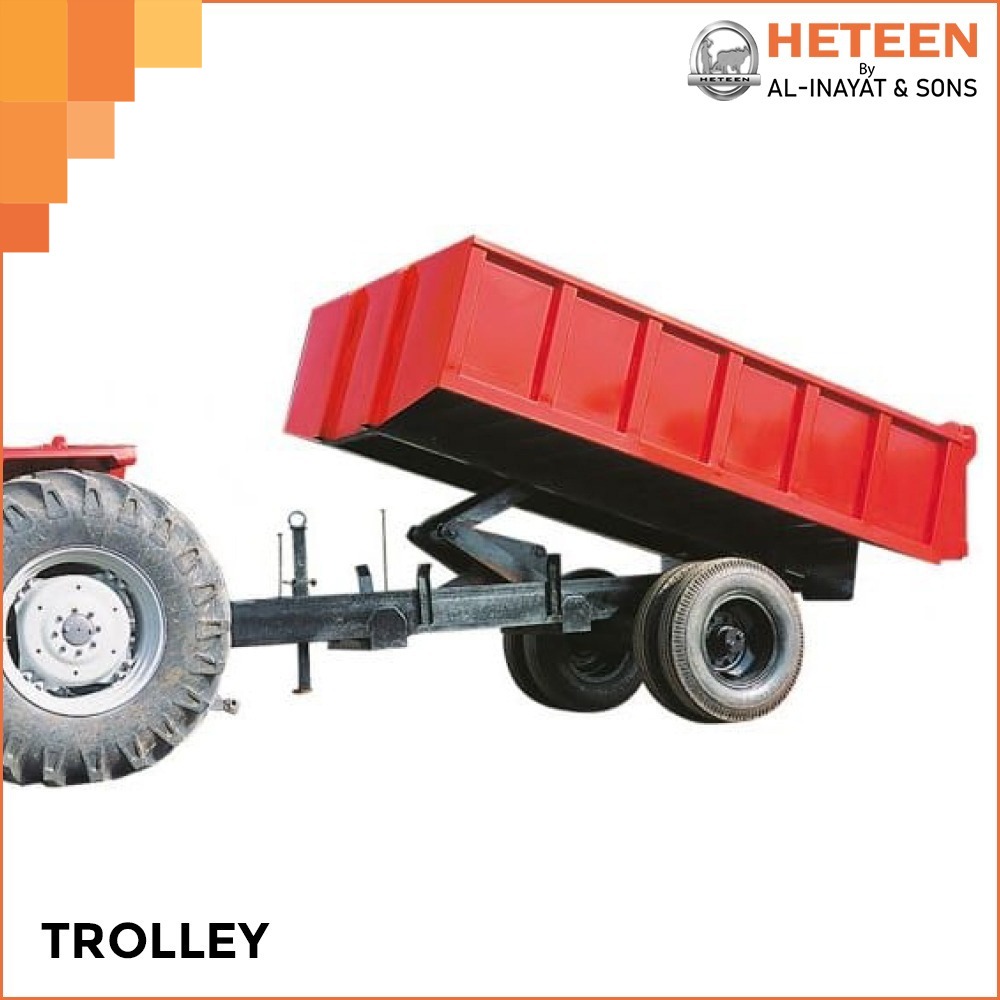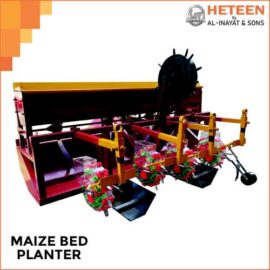Agricultural Trolley is used in fields and farms to carry seeds, crops, fertilizers and other required material utilized during farming.
Specification
| Capacity | Size | Floor | Wall | L Channel | U Channel | Axle Dia | Rims |
|---|---|---|---|---|---|---|---|
| 5ton | 10x6x2 swg | 10 swg | 12 | 175×75 | 150×75 | 5 | 8.25-20 |
| 8ton | 11×6.5×2.5 swg | 10 swg | 12 | 250×75 | 150×75 | 5.5 | 9.00-20 |
| 10ton | 12x7x2.5 swg | 08 swg | 12 | 250×75 | 175×75 | 6 | 9.00-20 |
Usage:
- Agricultural Use:
- Transporting Harvest: Used to move harvested crops or produce from the field to storage or processing areas.
- Carrying Farm Tools and Equipment: Helps in transporting farming tools, fertilizers, and irrigation equipment around the farm.
- Construction:
- Material Movement: Trolleys are commonly used on construction sites to move heavy materials such as cement bags, bricks, or other building supplies.
- Transporting Equipment: Useful for moving smaller construction machinery and tools across the site.
- Logistics:
- Warehouse and Distribution: Trolleys are used in warehouses for transporting boxes, packages, and goods from one section to another.
- Loading and Unloading: Used for loading and unloading goods from delivery vehicles.
- Industrial Use:
- Moving Equipment: In factories and warehouses, trolleys are used to move raw materials and finished goods within the facility.
- Retail and Service Industry:
- Product Movement: Used in stores or markets to move products from stockrooms to display areas.
Advantages:
- Increased Efficiency: Speeds up the transportation of materials, allowing workers to carry more with less effort.
- Improved Safety: Reduces manual lifting and carrying, minimizing the risk of injury.
- Versatility: Trolleys can be used in various sectors, from farming to construction and logistics.






Reviews
There are no reviews yet.